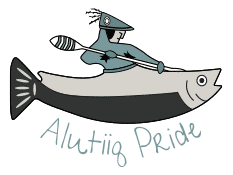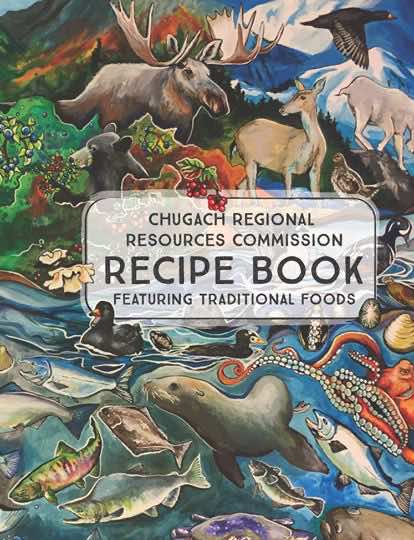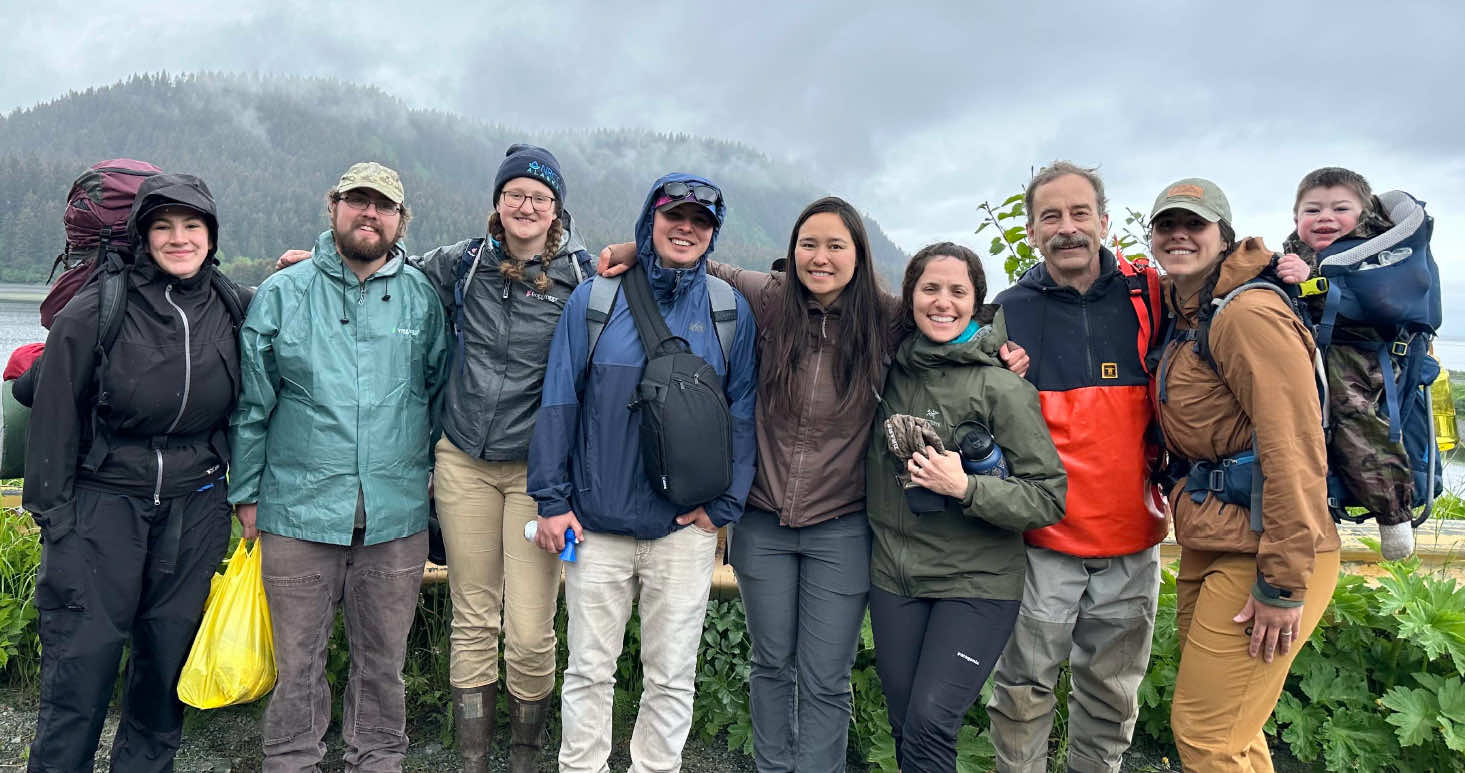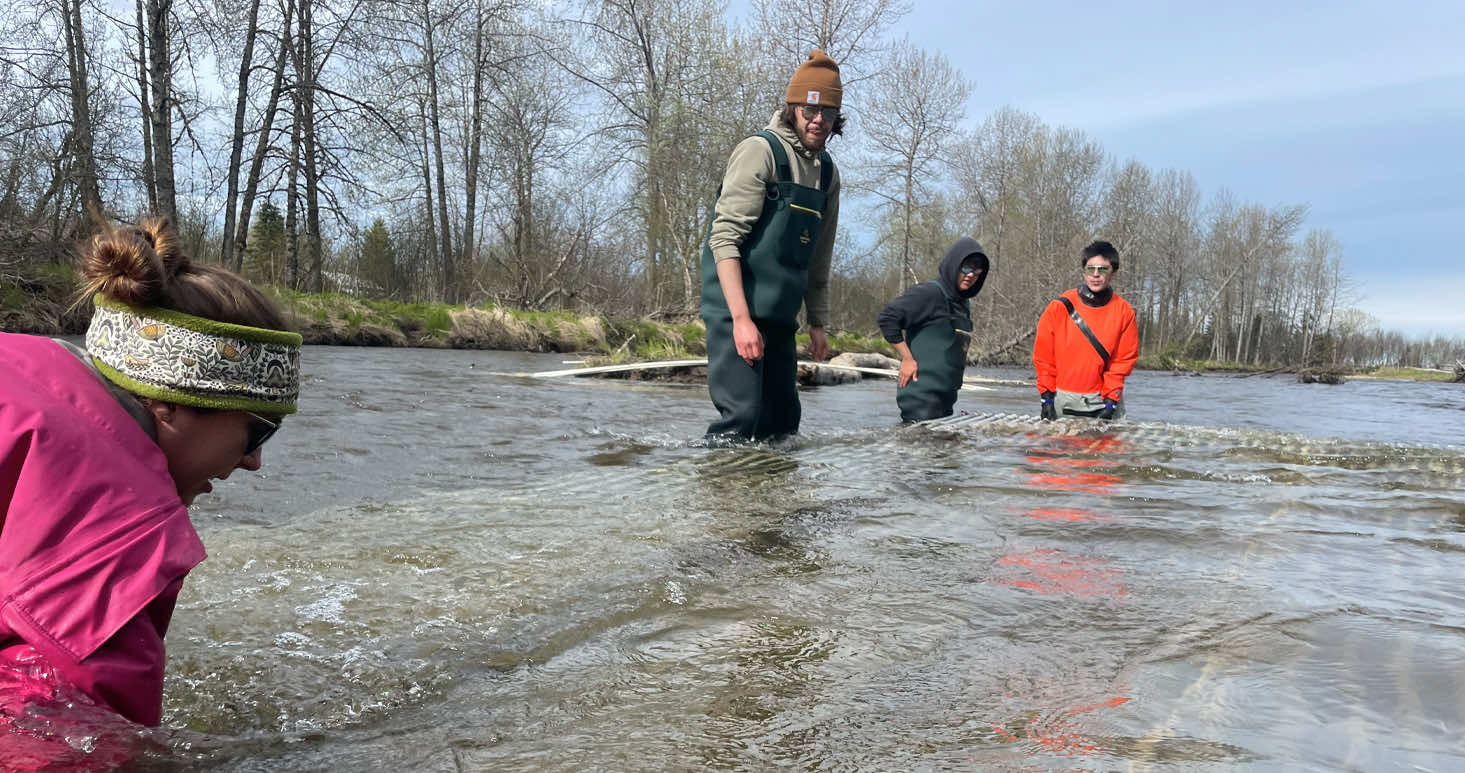CRRC 2022 Q3 Newsletter

Quarter three has flown by! Our team has been busy training water samplers throughout the region, installing a new mural at the APMI facility, preparing for kelp season, validating toxin testing in our lab, welcoming interns, monitoring harmful algal blooms, and so much more. Our team was able to visit all seven of the communities we work with. It was great to meet more community members, share the projects we are working on and learn more about our communities needs and interests. We are excited to be finalizing the plans for our Chugach Imaq workshop, watching our hydroponic unit flourish, and are looking forward to attending all the upcoming alliance meetings!
CRRC was a reciepent of the 2022 Kenai Mountains Turnagin-Arm grant. Through this grant we installed two murals showcasing historical information on the Alutiiq people that inhabited the region around Resurrection Bay.
The installation of these murals is the first step in the CRCC master plan to transform the westward-facing wall of the Alutiiq Pride Marine Institute into a historical and cultural commemoration of the Alutiiq people. The second step in their master plan is to include a land acknowledgment and to add historical information to accompany the mural. This project aims to educate the local community and tourists on the history and culture of the Native people who inhabited the land.
We are most excited about this project because it draws attention to Alaska Native lands that have been used for thousands of years and the honor of being a part of these lands now.
What a kelp crew! This group has been helping us prepare for the upcoming kelp season. Having these hardworking folks at our Alutiiq Pride Marine Institute in Seward has been a treat. We are proud to partner with the Native Village of Eyak, the Prince William Sound Science Center, and the Royal Ocean Kelp Company.
What does kelp mean to our communities?
Check out this recent report by CRRC, the Alaska Department of Fish and Game (Department of Subsistence), and the NDN Collective. It highlights the importance of kelp in the Chugach region and how kelp farming produces regenerative economies.


Chugach Regional Resources Commission (CRRC) was awarded a The ability to sustainably and safely harvest wild shellfish for subsistence is a priority for CRRC. Still, without a robust HAB monitoring program in place, Tribal subsistence harvesters are at risk of consuming shellfish with high levels of paralytic shellfish toxins (PSTs) that could have severe health risks. The goal of this project is to create a regional harmful algal bloom program linking all seven Southcentral Tribal governments together to make weekly phytoplankton observations, collect shellfish for toxin analysis, and disseminate critical data and outreach material to increase the awareness of PSP and the risks associated with harvesting wild shellfish during HAB events.
Leveraging funds from ANA for this project, CRRC partnered with the UAF College of Fisheries and Ocean Sciences professors Shannon Atkinson and Douglas Causey during the spring semester 2021 BLaST program for a project focused on increasing HAB monitoring in Southcentral Alaska through the engagement of Tribal youth. The goal of this project was to teach a young Tribal member of the region the laboratory methods necessary for the detection of HAB biotoxins.
This research initiative uses Enzyme-Linked Immunosorbent Assays (ELISAs) to survey locally harvested shellfish for paralytic shellfish toxins and was conducted under the leadership of UAF’s Atkinson and Causey, and CRRC Executive Director Willow Hetrick and Science Director Maile Branson. Working at CRRC’s Alutiiq Pride Marine Institute, undergraduate, Alaska Native student, Allison Carl was able to receive training in ELISAs and learn the basics of environmental biotoxin detection and monitoring. Through this initiative, Carl has cemented her passion for biological monitoring to provide the safety of natural resources for Tribal members across the region.
Carl finished her Bachelor’s Degree in Biological Sciences in May 2021 and has moved on to work for CRRC through the Chugach Alaska Corporation’s apprenticeship program as a Research Scientist representing the Alaska Native People of the Chugach region.


We are excited to announce the Lisngaluni Gwani Internship Program (Things to be learned here). We have two interns as part of this program – Kiley Burton, a Native Village of Eyak Tribal Member, and Aly Guernsey. Kiley (left) will be helping our Subsistence Program by getting involved with Tribal fish resource management issues, as well as getting involved with the projects happening within the Marine Mammal Program. Aly (right) will be working closely with our Alutiiq Pride Marine Institute team in Seward to help review harmful algal bloom samples, work in our lab, and help our production manager execute our kelp season. We are so excited to have these two on our team!



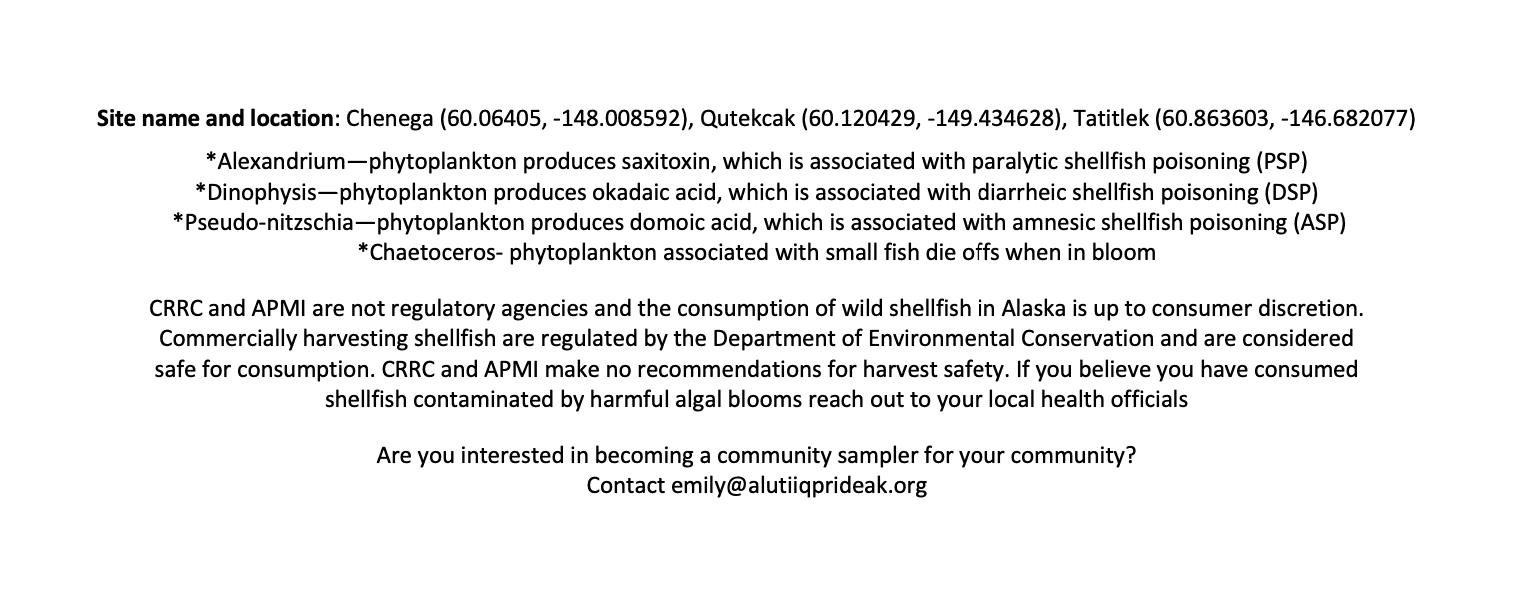

CRRC is excited to announce that we have been successful in receiving two grants from the Marine Mammal Commission and the Alaska Center for Climate Assessment and Policy. These grants will support the design and implementation of a replicable approach to obtaining traditional knowledge from Tribal communities that can be used for conservation and sustainable management strategies for State and Federal agencies. CRRC has invited specialists from ADFG Division of Subsistence as well as from the Marine Mammal Program, and Dr. Henry Huntington (an international-wide renowned independent researcher who specifically documents and examines Traditional Ecological Knowledge (TEK) of marine mammals), to help train and build internal capacity at CRRC so staff can conduct this work in all seven of our communities.
Traditional Foods Recipes
Chugach Regional Resources Commission produced a recipe book based on recipes from Tribal members in the Chugach region.
The recipe book can be purchased here: https://chugach-regional-resources-commission.square.site/product/recipe-book-featuring-traditional-foods/3?cp=true&sa=true&sbp=false&q=false
In an effort to enhance food security in the region, CRRC used CDC grants funds to remaster the recipe pages to include nutritional values provided by the ANTHC as well as translations in various dialects, when available, from the Chugachmiut Heritage Preservation.



With funding from the CARES act, Chugach allocated more than $2.4 million in CARES Act funding to the Chugach Regional Resource Commission (CRRC) to improve food security in the Chugach region. Hydroponic cabinets were shipped to villages, capable of producing 20–30 pieces of fresh produce every week, all while operating with a minimal amount of labor. This ‘store-outside-the-door’ sustainable model is strengthening access to fresh, healthy food in areas that struggle with affordable, accessible, and nourishing foods.
Jacqueline Ramsay has taken the lead on the unit at the Alutiiq Pride Marine Insitute and it has seen great success! As of August, we harvested 27.5 pounds of lettuces and kale and 3.5 pounds of basil. Tasty salads and basil dishes as well as pesto were had by all.
This system made hydroponic growing easier and proved to be a great way to produce nutritious greens, inside, year-round in a small space. The cabinet can also be used to start seeds that will eventually be replanted either outside or in a greenhouse to mature and fruit. Really good news for gardening and gardeners in Alaska!
Subsistence Resource Management Program
CRRC staff has been busy working on CRRC website upgrades, updating regulatory hunting posters, and working with a GIS Specialist to create an online ArcGIS StoryMap that provides information on hunting opportunities for Tribal members. The staff has recently been getting ready for the upcoming busy regulatory season, finishing program reports, and have been meeting with land management agency staff in our continued commitment to building meaningful relationships to further our mission of helping our Tribes and Tribal members. Please join us for our monthly Subsistence Alliance meetings, held on the first Wednesday of each month at 2:30 pm. These meetings are open to the public and we often have special guest speakers. The meetings are held virtually on Zoom, here is information on the next three meetings and how to join us!
Upcoming Regulatory Dates & Meetings
October
October 3rd-11th: North Pacific Fishery Management Council Meeting (Anchorage)
October 5th: Subsistence Alliance Meeting 2:30 pm – 4:00 pm
October 5th-6th: Eastern Regional Advisory Council Meeting (Fort Yukon)
October 12th-13th: Southcentral Regional Advisory Council (Anchorage)
October 25th-26th: Board of Fish Work Session (Anchorage)
October 27th-28th: Board of Fish Pacific Cod Meeting (Anchorage)
November
November 2nd: Subsistence Alliance Meeting 2:30 pm – 4:00 pm
December
December 5th-13th: North Pacific Fishery Management Council Meeting (Anchorage)
December 7th: Subsistence Alliance Meeting 2:30 pm – 4:00 pm
For additional information or for questions, please contact Christine Brummer at and/or Michael Opheim at .
In this course, you will learn about harmful algal bloom monitoring program of the Chugach region led by the Chugach Regional Resources Commission’s Alutiiq Pride Marine Institute, HABs in Alaska, and how they are currently monitored. Lastly, we offer tips and tricks on how to integrate phytoplankton baseline data collection into your environmental program.
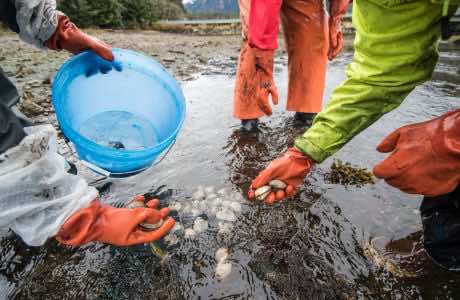

CRRC Launches Self-Paced Water Quality Monitoring Training – Click here!
In this course, you will learn about the water quality monitoring program of the Chugach region led by the Chugach Regional Resources Commission’s Alutiiq Pride Marine Institute, ocean acidification in Alaska, and how it is currently monitored. Lastly, we offer tips and tricks on how to integrate water quality baseline data collection into your environmental program.
